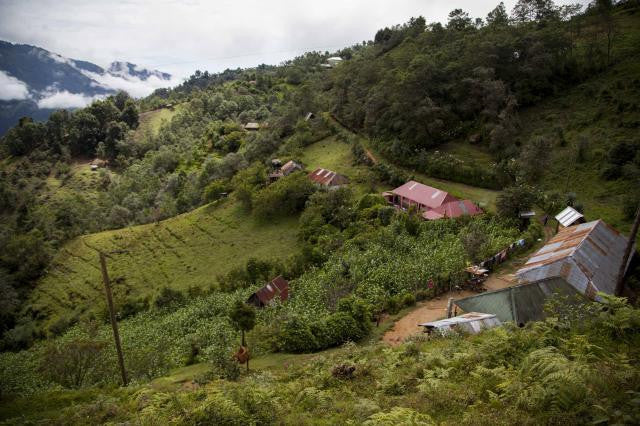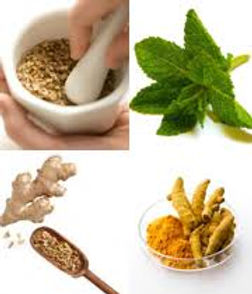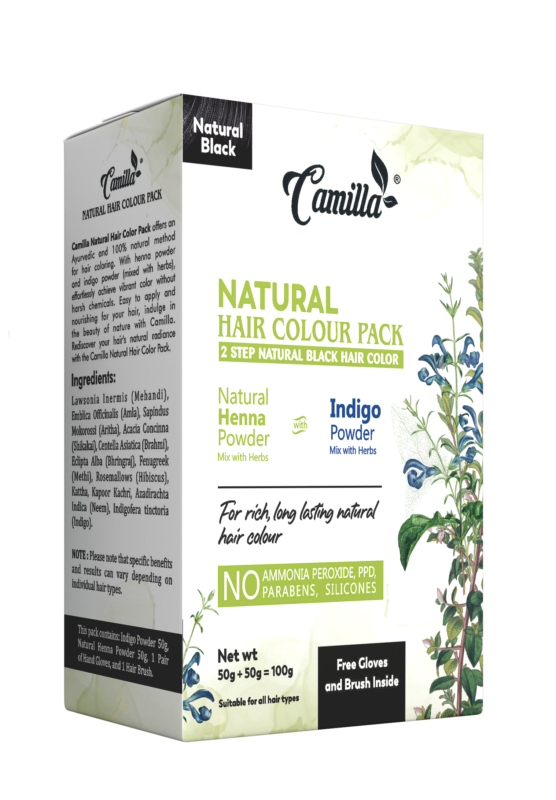My first experience with bioregional herbalism was in the rugged Cuchumatán Highlands of Guatemala with the Mam people. A unique people with a vibrant culture and deep awareness of plants. Both men and women donned their traditional dress on a daily basis. Spanish was everyone’s second language. And foraged plants, both food and medicine, were to be found on display every Saturday at the local market. This canyon village lay at 8000 feet elevation looking straight up at a steep 5000 foot elevation gain to the altiplano where only sheep and their shepherds were to be found.
Not having been raised with herbs or been shown by anyone what the plants of my home were, or how they could be used to nourish and heal us, I was first introduced to herbs as nearly unidentifiable dried stuff in jars, or even less distinguishable finely powdered substances in gelatin capsules. Nonetheless, these substances, and the integrated holistic theory associated with their usage, captivated me. I was excited to feel my knee pain steadily improving as I took capsules of powdered yucca root on a daily basis. Somehow, the power of herbs to heal made sense to me. Through these experiences, I felt there was great knowledge and healing potential available for the exploration, and great opportunities to learn about the world in which I live. However, I was still entirely naïve to the idea of developing relationship with plants (I think I was still in the “wall of green” phase). I wasn’t even aware of what I didn’t know yet. I had to follow my senses, and my intuition, which led me down a long, circuitous and challenging road. My eyes and heart opened to the mountains and the people of Guatemala and they began to teach me what I was yet unaware of.
Juanita was an herbalist midwife, or comadrona. She was a young woman, perhaps 30-35 years old with several young children – short, stout and robust, humble, with a deep wisdom brewing within the depths of her dark chocolate brown smiling eyes. They had all of their needs met in their relatively well-built cinder block home at the base of the beautiful canyon in their mountainside village of Todos Santos. An area known for it’s “shamanes” it was replete with traditional healers. Whenever she delivered a baby, helped cure an ill member of the community, or brought forth special herbs and herbal potions which community members sought out, they would repay her with sacks of beans, fresh vegetables, coffee, healthy animals, or the occasional queltzal (the currency, not the bird). I would meet with her nearly everyday for our short time together. She took me on walks around her home and would point out plants to me revealing special details about each one we stopped to observe. I felt like a veil was lifting from over my consciousness. The world was shifting around me. “Juanito… See that plant there? That’s lengua de vaca (Rumex crispus). If you eat that every day you’ll never be sick. Simply chop it up (the leaf) and fry it with onion and mix with scrambled eggs.” She was first teaching me how to keep myself well and able-bodied. Something which all in service know too well if they are to maintain their path for any length of time. This was one way how a bioregional herbalist maintained and stayed connected. They ate what was growing around them!
I would follow her to make home visits to tend to the sick of her community. This helped me to see part of their healing philosophy at work. There was a special relationship between healer and patient. It was informal – in the home of the sick. It was kind, gentle, respectful, and friendly. And it involved plants. The plants we found on our walks now had a context beyond their homes in the vacant lots, along the dirt roads, at the foot of the mountain, nestled in amongst boulders in canyons, where they lived their lives as plants. This special member of the community was in relationship with these plants. I was beginning to see how Juanita was maintaining and developing relationship with these plants as a bridge between her people and the plants which could nourish and heal them. This succinct moment, in the home of the sick patient, was the meeting point. She brought the plants, the knowledge, and the wisdom of how it all fit together, and then put it into action. I was a quick study – or at least I thought I was. She had shown me a plant which was used to reduce fever (which I now know as Cuscuta sp., dodder). I can no longer recall the Mam name by which I learned it. It appeared like brilliant orange spaghetti string covering 20 square yards of low bush near the mouth of a canyon where a road into the village cut across.
The elderly patient we were visiting this morning was ill with a fever and had not eaten in several days. She appeared weak and disoriented. Juanita was massaging her belly with a mixture of plant juices she had pressed out from within a mortar and pestle. The family members were advised to have these herbs available upon our arrival. I became excited to recall the dodder plant she had just taught me the day before because I now “knew” it was useful for fever. I mentioned it to her thinking my astute recollection and application of her knowledge would impress her and solidify my worthiness as a student. She simply said it did not grow nearby. Subsequently, I informed her that I had seen it across the hillside and that I’d be happy to go get some. Wisely, she acquiesced to my enthusiasm and I went bounding out to gather the herb. When I returned, proudly, with fresh herb in hand she took it and put it aside stating that she would apply it later. I was confused. Why not use it now if it’s “good for” this condition? This, perhaps, was my first lesson in contextual awareness (amongst many other things) in plant medicine application. It took me quite awhile to think this through. She undoubtedly had her own approach to the situation. Her own awareness of what this person needed at this time within this place. I was thinking in a linear, reductive fashion – applying knowledge, this-for-that. Makes sense, right? Efficient even. But in the world of a bioregional herbalist who has developed relationship with plants, has grown up in the flow and cycles of this place on Earth, and has watched how people get sick and get well in this place over time, her appreciation of the complexities of this situation were significantly more evolved and sophisticated than my rudimentary understandings of what a plant could do. I was just beginning, and it showed.
Learn more about Bioregional Herbalism in the 2016 Sonoran Herbalist Apprenticeship Program.


